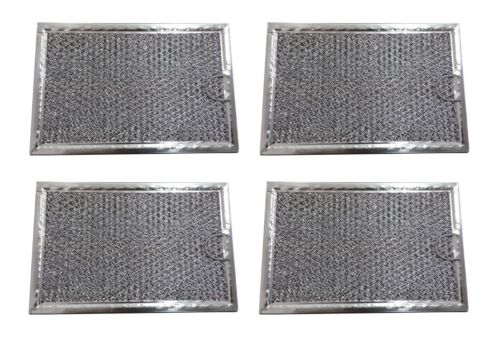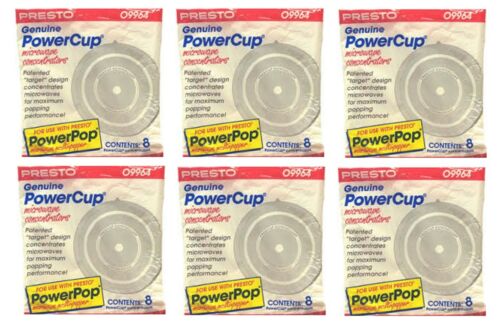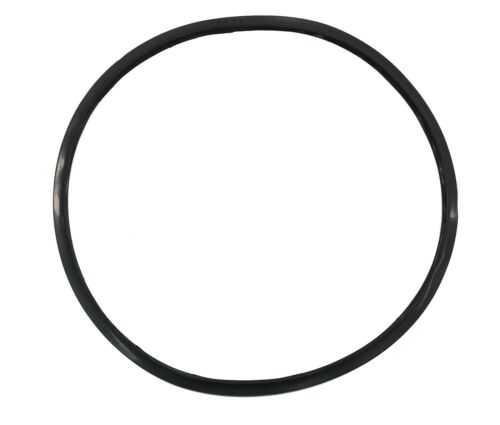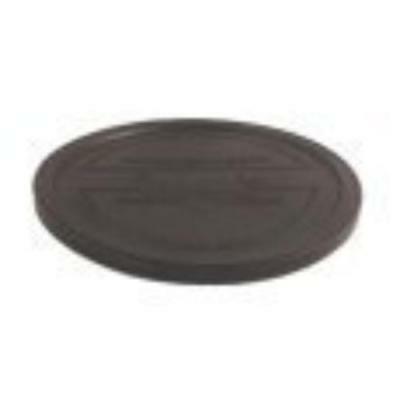-40%
PASSIFLORA GIANTGRANADILLA (25 SEEDS) PASSIFLORA QUADRANGULARIS
$ 3.42
- Description
- Size Guide
Description
PASSIFLORA GIANTGRANADILLA (25 SEEDS) PASSIFLORA QUADRANGULARIS
There are dozens of species of passion flower grown, but one that always gets a lot of attention is the Giant Granadilla Passiflora quadrangularis. It is one of the most beautiful of the passionflowers with large, fragrant flowers with deep red petals and a centre crown that contains five rows of numerous white and purple rays.
This form of the passion vine has large 12 to 17cm (5 to 7in) leaves with stems that are quadrangular in cross section, from where it derives its botanical name. In warm areas, this robust climber can grow 30 to 50ft in one growing season and will require support and space in time.
Known for its very large fruits which grow rapidly and may weigh up to 4 kg (9 lb). They turn light yellow to medium yellow when mature. For best fruiting, flowers should be hand pollinated. The fruit is eaten fresh or used in drinks. The unripe, green fruit is eaten as a vegetable.
This perennial exotic vine is quite hardy, surviving temperatures to 1°C (35°F) for short periods of time. In warm areas it can be cultivated in home gardens, or it can be kept as a greenhouse or indoor container plant and grown in a sunny south-facing window.
Sowing: Sow in late winter/late spring and late summer/autumn.
Prior to Sowing, Soak the seeds for 24 hours. Soaking is beneficial in two ways; it can soften a hard seed coat and also leach out any chemical inhibitors in the seed which may prevent germination. 24 hours in water which starts off hand hot is usually sufficient. If soaking for longer the water should be changed daily. Seeds of some species swell up when they are soaked. As each seed swells it should be removed and sown before it has time to dry out and the remainder pricked gently with a pin and returned to soak. Sow seeds in a peaty compost, “just cover” with 6mm (¼ in) of soil as the seeds need light to germinate.
Germination of Passiflora usually occurs in weeks, occasionally several months.
If your home is on the low side of 20°C (68°F), your seeds will benefit from bottom heat with an electric soil warming cable kit, or a heating mat. It will stimulate early growth, and help seeds to germinate and cut the germination time by half. Cover the top of the pot with clear plastic so the humidity will remain high.
When you see some tiny plants starting to sprout, open the top of the pot, a little each day, so that the new seedlings don't go into shock from the humidity being lowered too quickly. Prick out each seedling as it becomes large enough to handle, transplant into 7.5cm (3in) pots. Pot on as required. These plants have very fragile white roots and should be handled with care when potting up.
Cultivation:
Grow on under glass in loam-based potting compost in full light with shade from hot sun. You may need to water your plants on a daily basis during the hottest summer months. During the winter the roots should be kept moist, but as growth will be much slower you will probably only need to water once a week, depending on growing temperature. Fertilize at least once every two weeks in the growing season.
If planting outdoors, gradually acclimatise to outdoor conditions for 10-15 days before planting out, space 30cm (12in) apart. In hot areas do not allow it to climb trees; they often will get dense enough to shade the tree excessively and to cause them to decline.
Pot grown plants:
If the pot is too large or they have an unrestricted root run then the whole plant will simply get bigger but it will refuse to flower and produce fruits.
By limiting the pot size you are limiting the ability to grow and this is seen as a threat, so the natural mechanism is to produce seeds for the next generation. A suitably sized pot for an adult plant would generally be of 30cm (12in) in diameter.
Aftercare:
Pruning is a must to keep the vine healthy. Prune off less vigorous growth and occasionally prune back vigorous growth to promote flowering. When established, and without care, the passion fruit can easily overtake other garden plants, shading them from sun. Prune in late winter or spring, by shortening side shoots to within three to four buds of the permanent framework of branches. This induces more compact growth and promotes the formation of flower buds in the shortened shoots.
Fresh seeds are packed in ziplock bags!
After payment has been received, the item will be shipped within 2 working days. Usually it takes 1-3 weeks for delivery, depends on the location. Some location may take longer.
If you have any problems please contact us directly and we will be delighted to help. Your success is our success.









